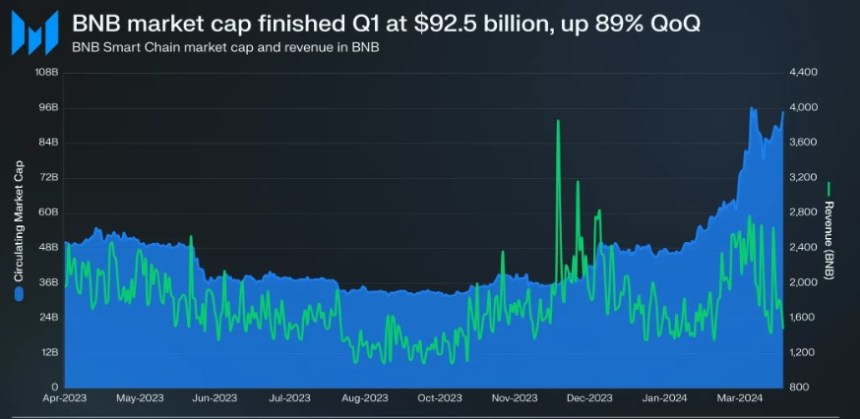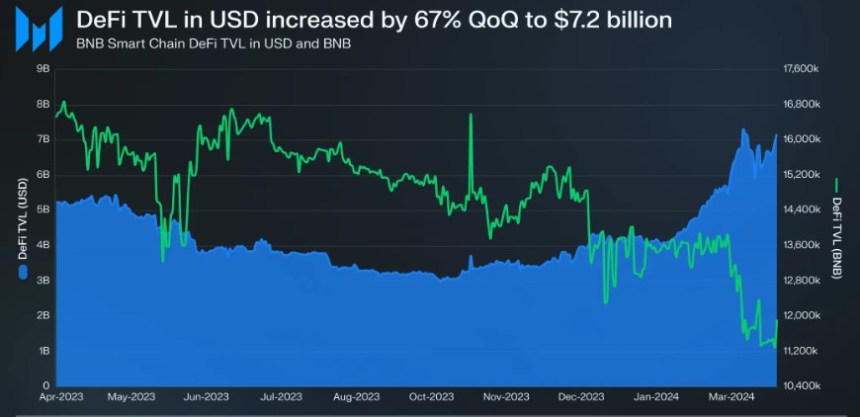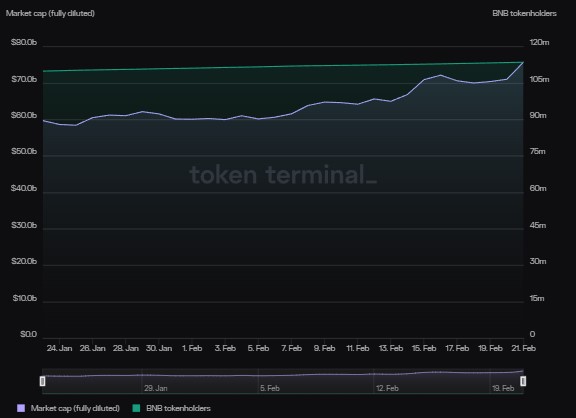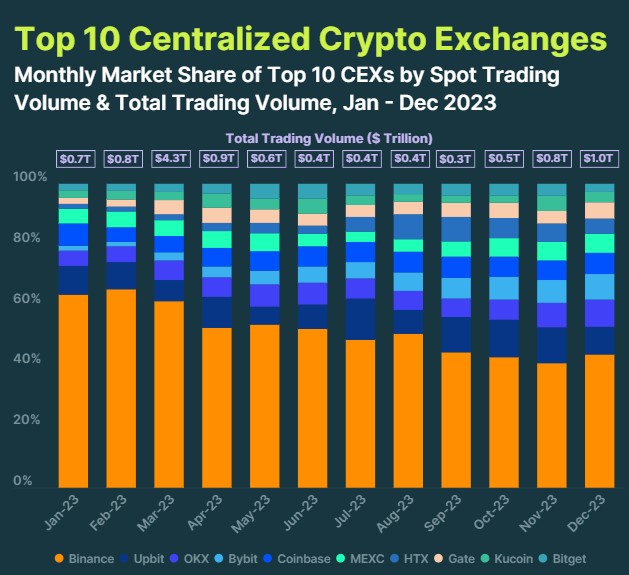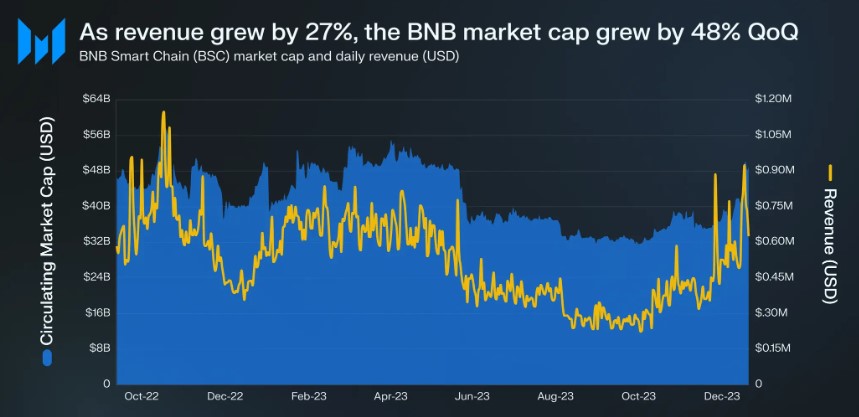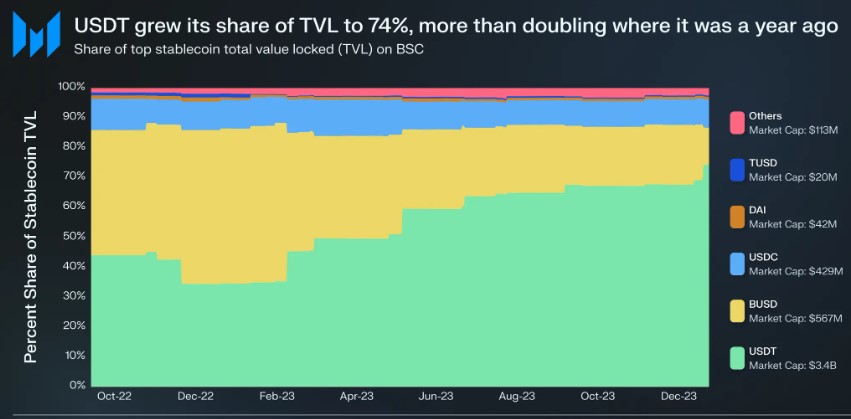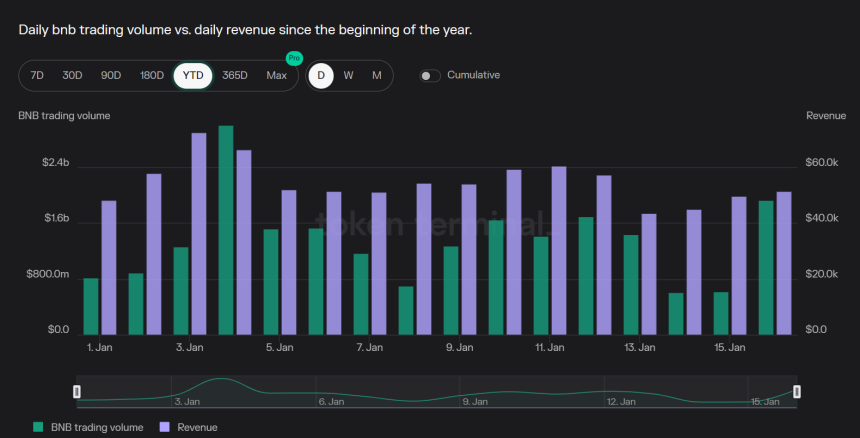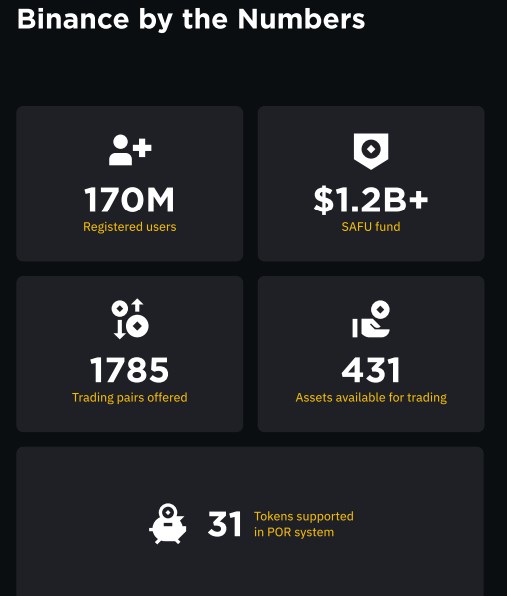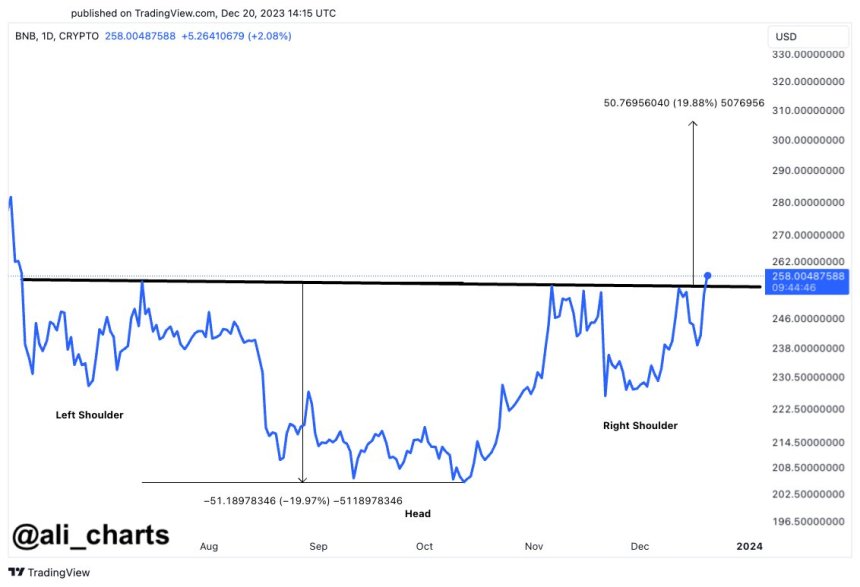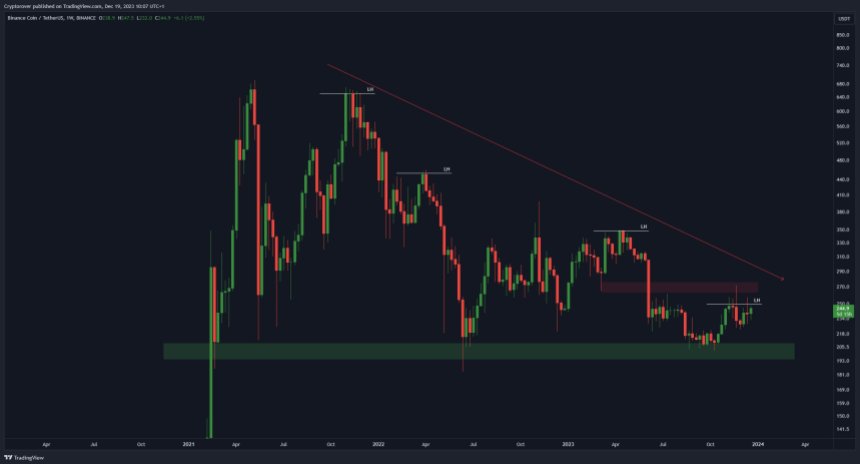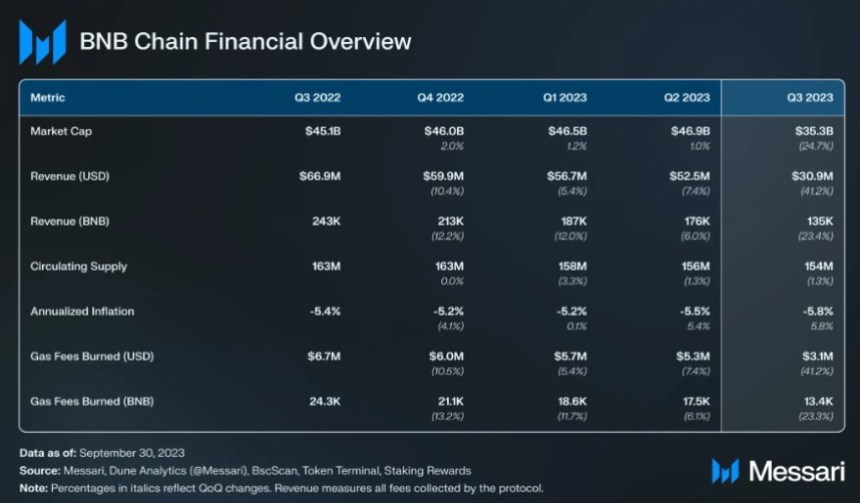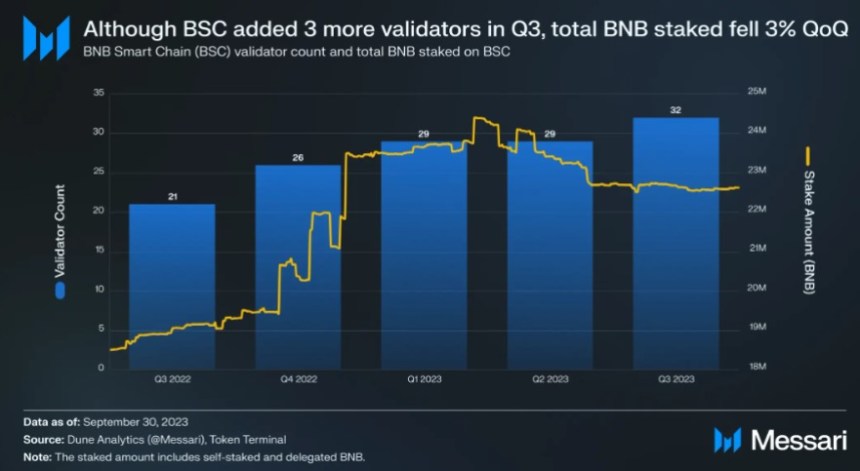Binance Coin (BNB), despite experiencing a significant decline earlier this year due to market volatility and the SEC lawsuit against Binance and its founder Changpeng Zhao (CZ), has shown remarkable recovery and promising prospects.
Recent data indicates a resurgence in the BNB price, driven by the growing usage of decentralized applications (DApps) on the Binance Smart Chain (BSC).
Additionally, BNB’s fundamentals, including impressive market cap figures and increased revenue, further contribute to the positive momentum.
BNB Price Rally Fueled By DApp Adoption?
After witnessing a sharp decline from its yearly high of $350, BNB experienced a drop to the $203 level following the SEC lawsuit against Binance and CZ. However, recent price movements show signs of recovery and bullish sentiment.
Over the past 24 hours, BNB has gained 4.5%, and its performance in the seven, fourteen, and thirty-day time frames demonstrates an upward trend, with gains of 20%, 24%, and 38%, respectively.
One of the driving factors behind BNB’s price rally is the increasing use of DApps on the Binance Smart Chain. Data from DappRadar reveals a surge in DApp volume, currently at $4.83 billion, representing a 12% increase.
The BNB chain boasts an ecosystem of 5,120 DApps and has recorded 4.89 million transactions, reflecting a 12.73% surge in the past seven days. These figures indicate a growing demand for BNB as it serves as the primary token within the BSC ecosystem.
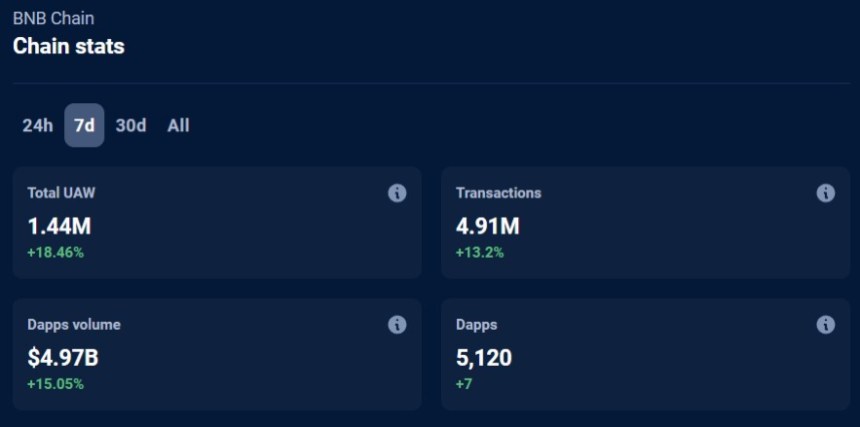
Comparing BNB to Ethereum (ETH), DappRadar data highlights BNB’s superior performance in various indicators such as contracts, total unique active wallets (UAW), decentralized finance (DeFi) total value locked (TVL), and non-fungible token (NFT) volume.
The BNB chain has held the top position over the past 24 hours, showcasing its usage and adoption. This outperformance contributes to the positive market sentiment surrounding BNB and bolsters its price.
Binance Coin Market Cap Surges To $48 Billion
Further boosting the Binance Coin prospects, Token Terminal data reveals impressive market cap figures for BNB, with a circulating market cap of $48.02 billion, marking a 14.18% increase.
Additionally, BNB’s fully diluted market cap stands at the same value, reflecting a 28.32% growth. The revenue generated by BNB in the past 30 days has increased by 28.51%, reaching $1.47 million.
Furthermore, BNB has recorded significant fee growth, with a 27.98% fee increase over the past 30 days and an annualized revenue of $187.56 million. These fundamentals contribute to the positive sentiment surrounding BNB.
Overall, Binance Coin has staged a strong recovery, demonstrating a notable price rally driven by the increasing usage of DApps on the Binance Smart Chain. However, there is a bold prediction by a crypto analyst that could further boost the sentiment and excitement surrounding the token.
Binance Coin To Reach New Yearly High?
According to Captain Faibik, a prominent crypto analyst on X (formerly Twitter), Binance Coin is poised to achieve a new yearly high in the first half of 2024.
This prediction is based on an analysis of BNB’s 1-week chart, revealing a breakout from a descending triangle pattern, signaling the end of the macro downtrend and initiating a new uptrend phase for BNB.
Looking at the chart below, Faibik suggests that BNB’s price could potentially experience an impressive uptrend of 171% in the initial weeks of 2024. This surge would propel the token’s price above the current all-time high (ATH) of $686.
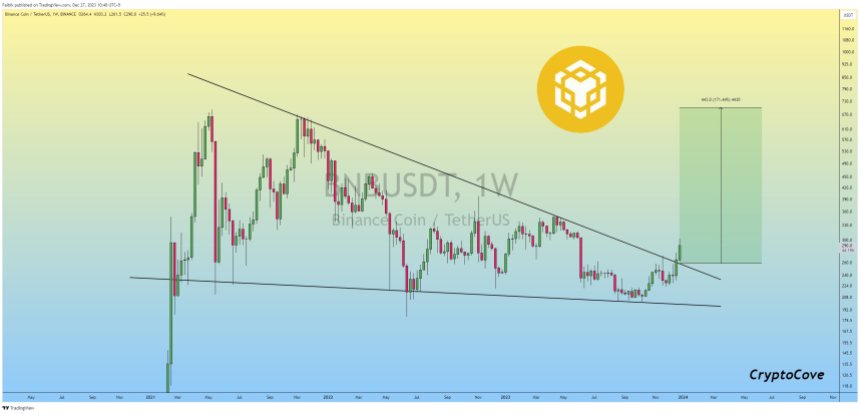
However, several resistance levels must be overcome for this projection to materialize. Notably, at the current trading price of $307, BNB faces a significant seven-month resistance barrier, which currently hinders its ascent to the $314 level, the next resistance level in the near term.
Analyzing the 1-day chart, it becomes evident that reaching the all-time high level would require surpassing additional macro resistance levels, including $329, $402, $450, $563, $607, $639, and $653.
While the theory proposed by Faibik holds promise, the actual realization of Binance Coin’s new yearly high in the early months of 2024, along with a sustained uptrend, remains to be observed.

Featured image from Shutterstock, chart from TradingView.com
